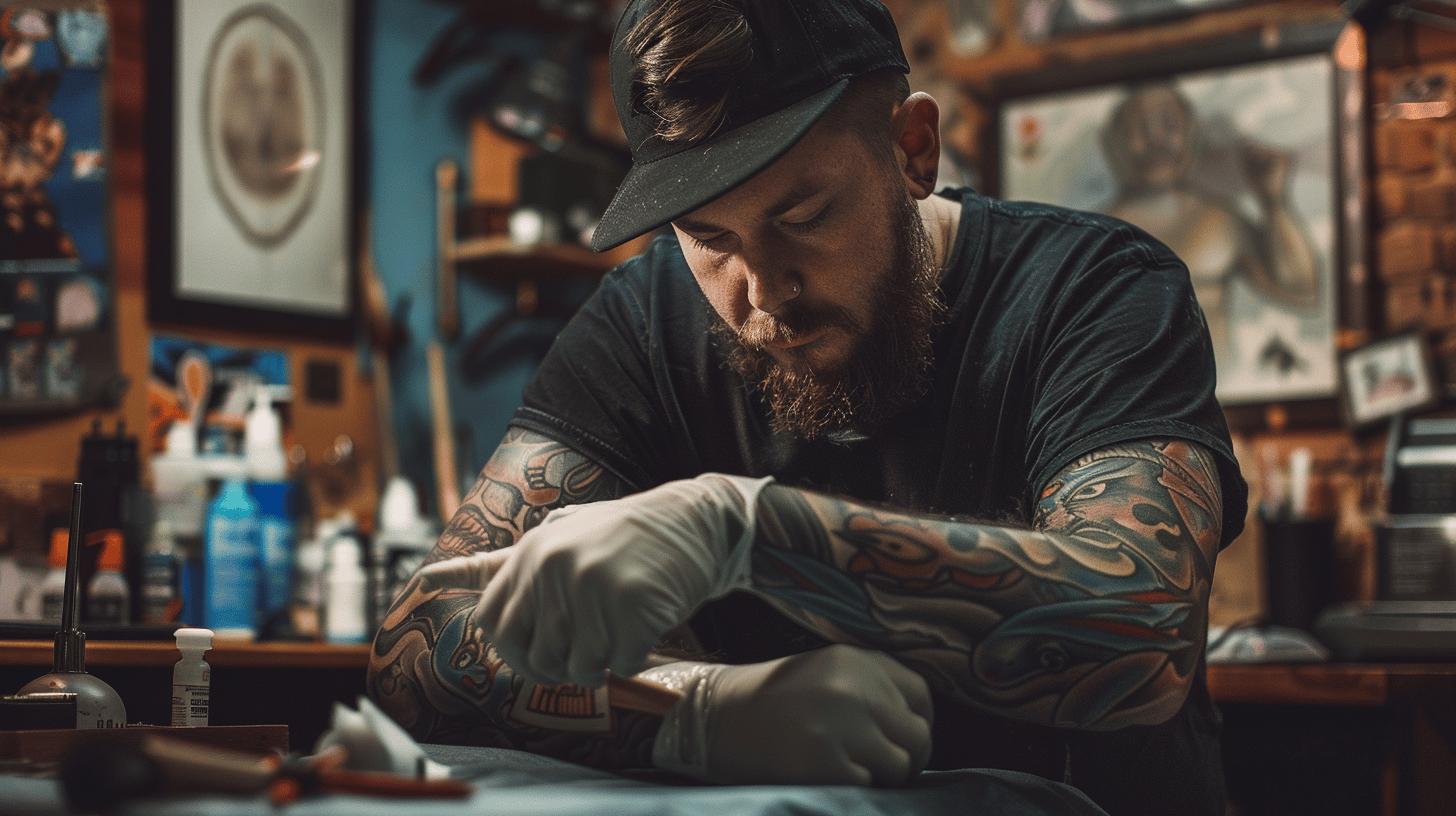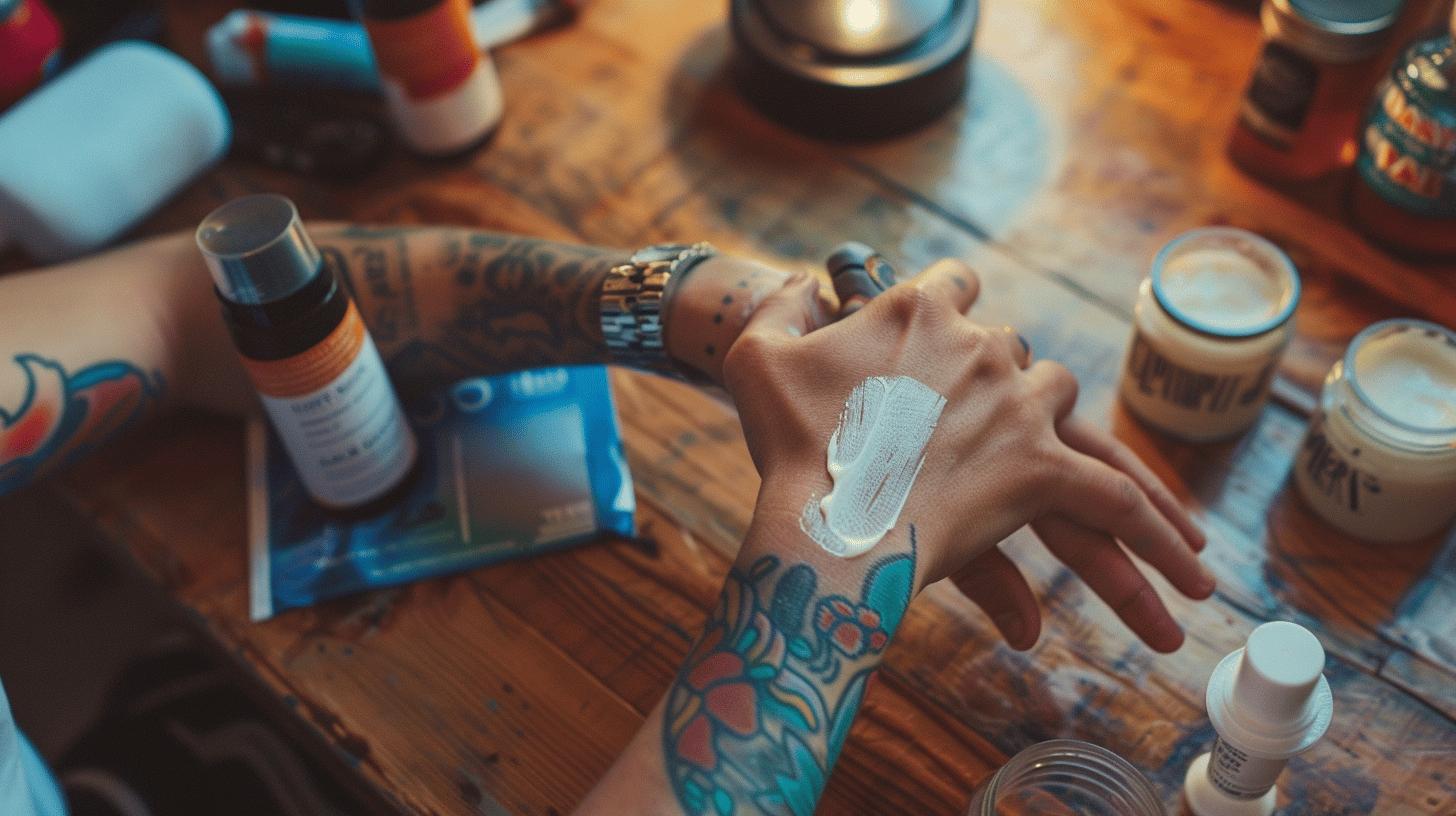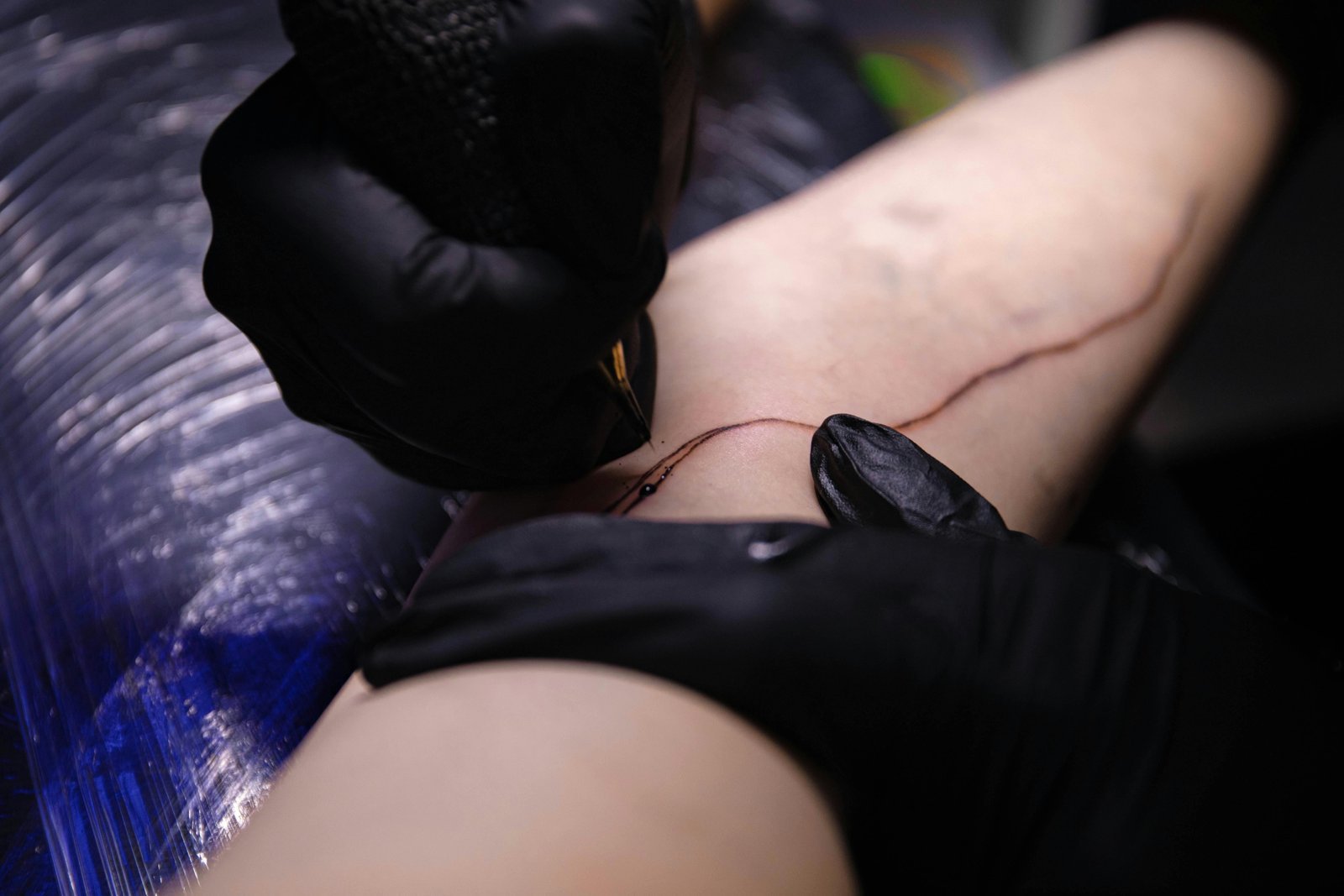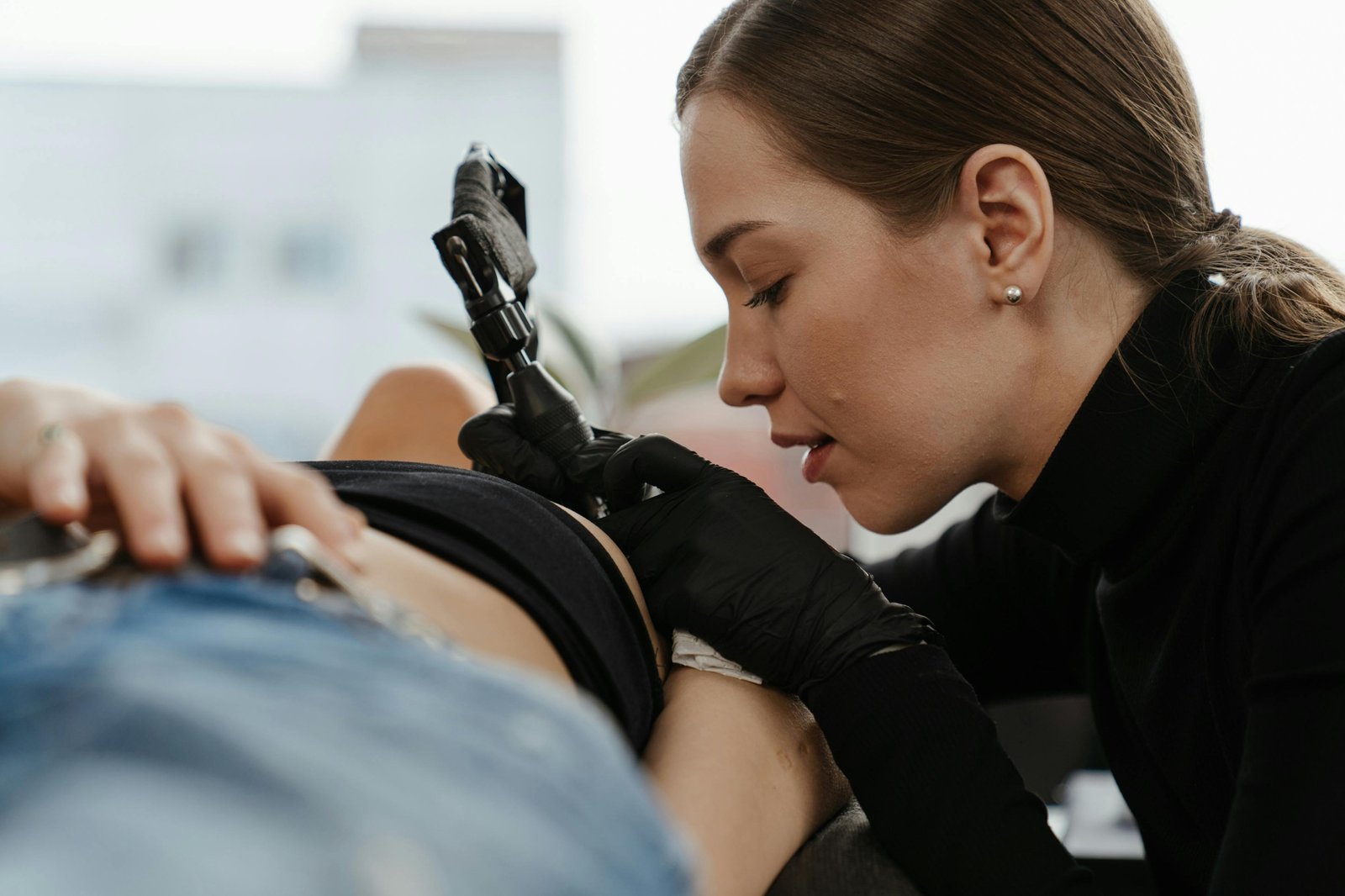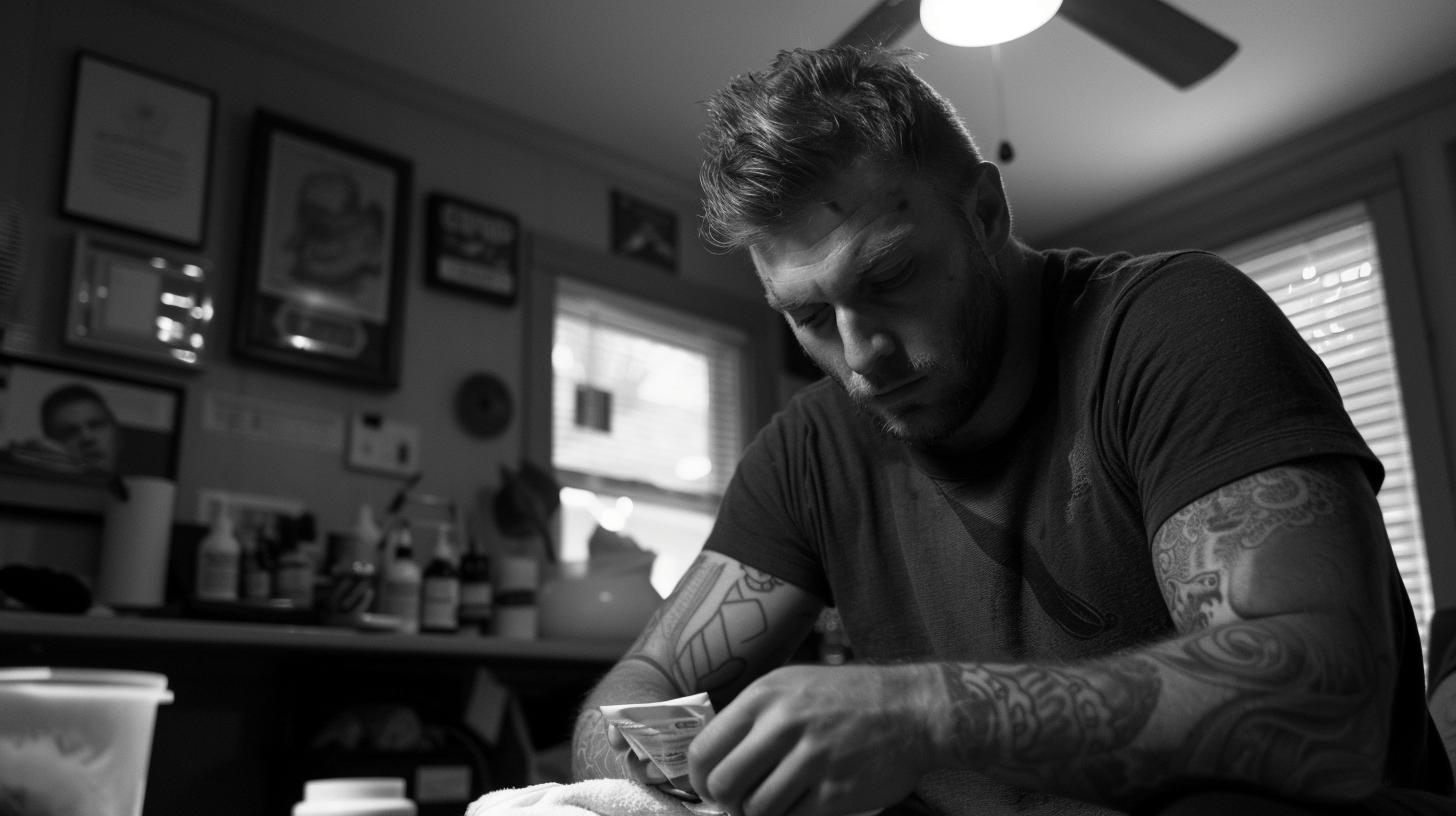How Numbing Cream Affects Your Tattoo Experience: What Every Tattoo Artist Wants You to Know
Think tattoo numbing cream ruins tattoos? You’re not the only one. Artists and clients alike have thrown opinions around about whether using numbing cream before you get a tattoo affects ink quality, linework, or healing. But here’s the bit most people miss—it can actually help. When applied correctly, tattoo numbing cream doesn’t just make your next tattoo more bearable, it can improve the overall tattoo experience. Whether it’s your first or fifth, staying numb might be the reason you sit longer, bleed less, or heal smoother. This post breaks down five surprising ways numbing cream affects tattoos positively.
How Does Numbing Cream Work Before You Get a Tattoo?
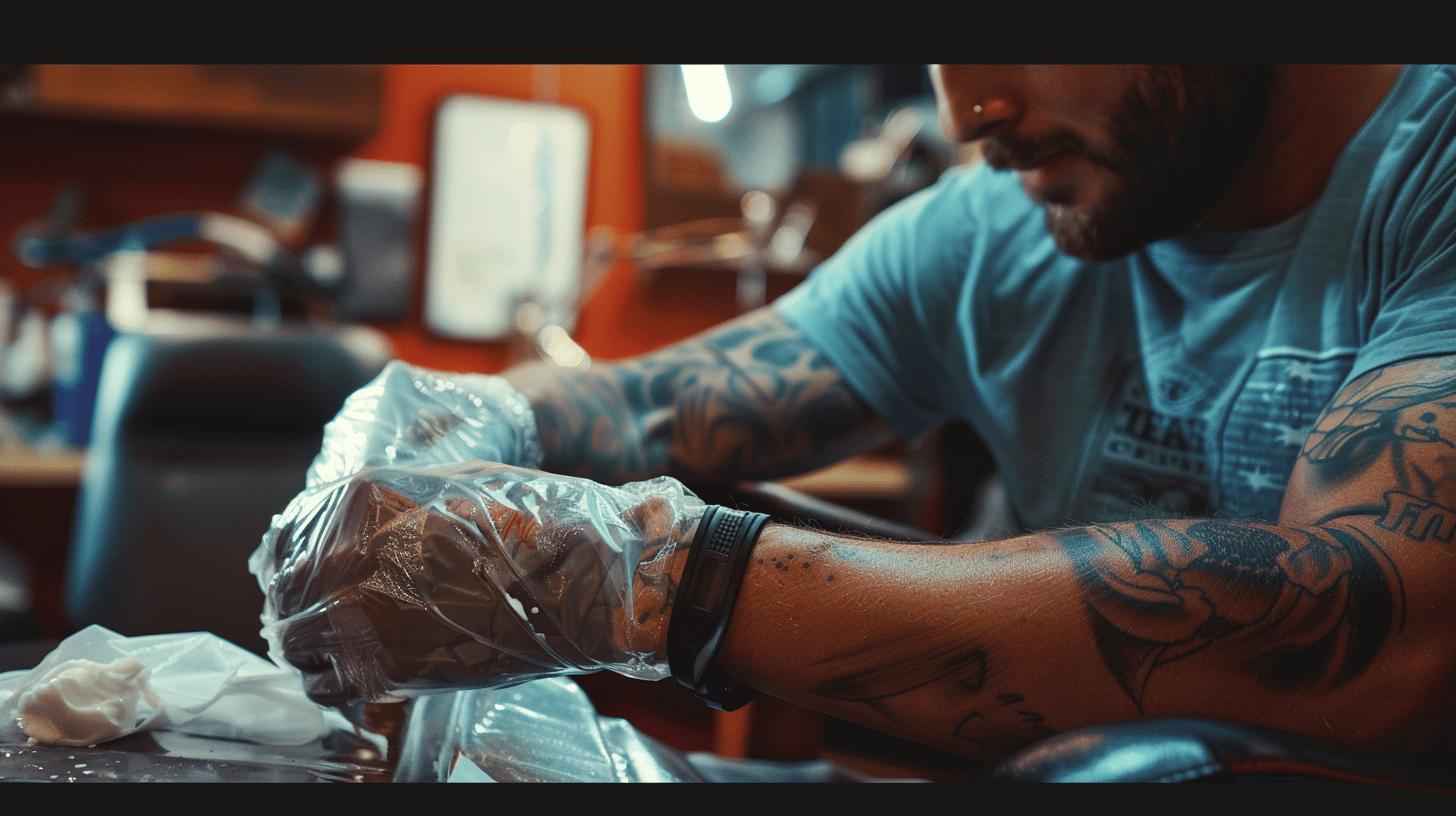
How does numbing cream work?
Numbing creams block the transmission of pain signals by targeting the nerve endings in the skin. Most contain lidocaine, a topical anaesthetic for tattoos that temporarily prevents nerves from sending pain messages to your brain. Some creams also include nerve blockers or vasoconstrictors, which reduce blood flow to the area, helping prolong the numbing effect. When used correctly, these numbing agents can make the tattooing process more comfortable without affecting the quality of the tattoo.
How to use numbing cream for tattoos
To get the best results from a tattoo numbing cream, it’s important to follow the correct application process:
- Clean the tattoo area thoroughly using mild soap and warm water
- Pat dry with a clean, lint-free towel
- Apply a thick 2mm layer of the numbing cream to the entire area you plan to tattoo
- Cover the area with cling film to activate the numbing effect and improve absorption
- Leave the cream on for 60 to 90 minutes before your tattoo appointment
- Remove the cling film and clean off any excess numbing cream just before tattooing begins
How long does numbing cream last?
Numbing creams typically last between 1.5 to 3 hours, depending on the product and your skin type. The onset time for cream to work is usually 30 to 60 minutes, so timing is key. Some creams may begin to taper off gradually, with the numbing effect reducing over 30 to 60 minutes.
Using a numbing cream before a tattoo can help numb the skin long enough for many tattoo sessions, particularly for smaller or medium-sized pieces. For longer sessions, some artists may switch to a numbing spray once the initial cream wears off.
5 Ways Does Numbing Cream Affect a Tattoo Positively
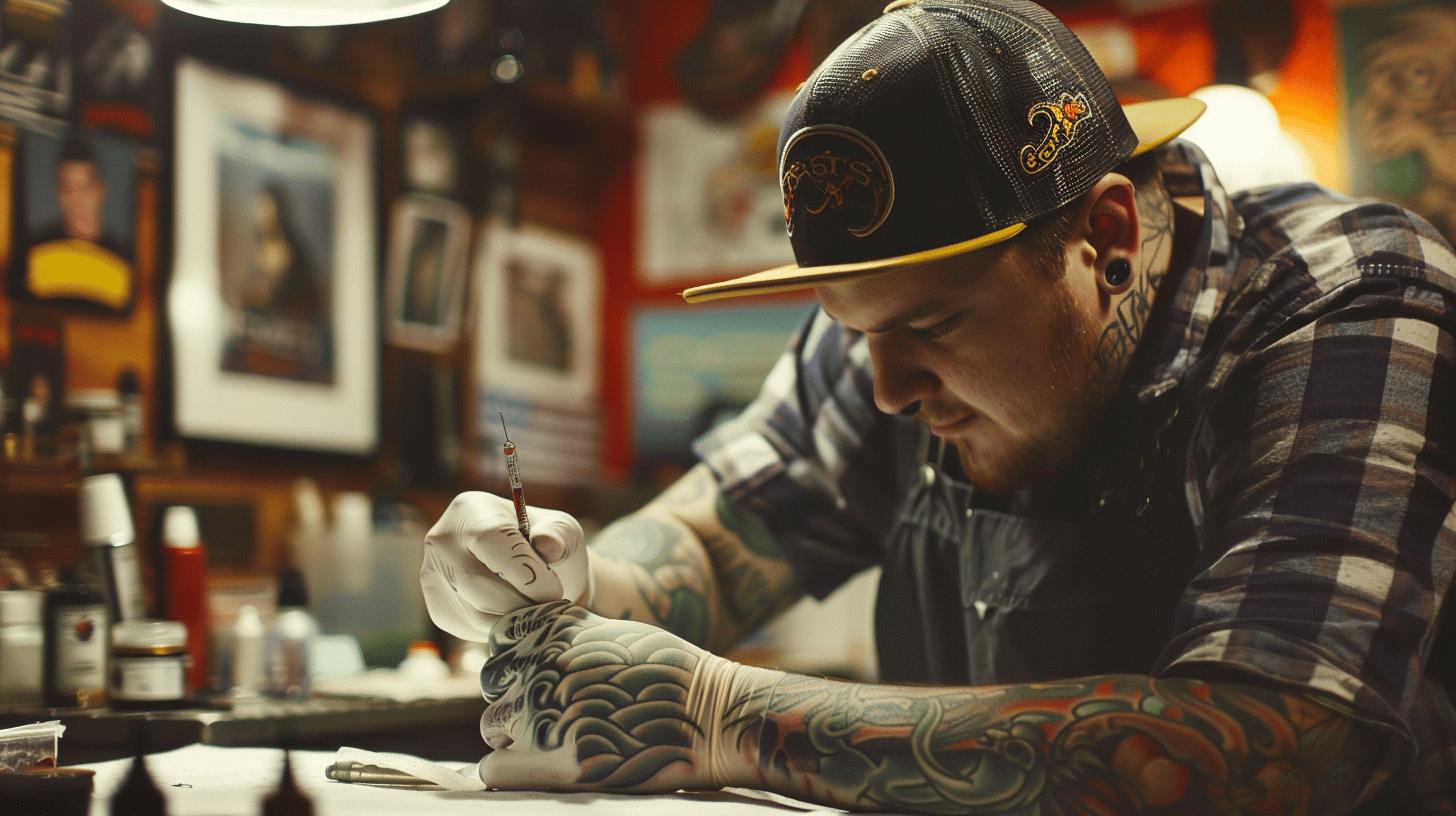
Does numbing cream affect a tattoo?
Yes — but when used correctly, the effects are mostly positive. The idea that numbing creams can interfere with the tattooing process or impact the quality of the tattoo is often based on misuse or low-quality products. In practice, if a tattoo numbing cream is applied properly and given time to settle, it does not affect tattoo ink absorption, pigment saturation, or linework precision.
Does numbing cream affect tattoo ink or shading?
No, not when used correctly.
Most high-quality numbing creams are designed to work on the surface level, targeting nerve endings without altering how the ink behaves under the skin. Some tattoo artists report slightly puffed or rubbery skin if the cream is not fully absorbed or wiped off, but allowing 30–45 minutes after removal lets the skin return to a normal state before tattooing begins.
Here’s a breakdown of how using a numbing cream can affect different aspects of a tattoo:
| Tattoo Feature | Potential Impact of Numbing Cream | Artist Advice |
|---|---|---|
| Linework | May feel slightly resistant if cream isn’t fully absorbed | Let skin settle before starting to get crisp lines |
| Shading | No interference if proper prep is done | Use numbing cream only on clean, dry skin |
| Colour Saturation | No change in pigment hold with correct use | Avoid overuse or layering creams |
| Ink Depth | Can be tricky if skin is overly swollen | Wait 30–45 mins post-application before tattooing |
To avoid any negative impact from using a numbing cream before a tattoo, make sure the area is cleaned thoroughly, the cream is completely removed, and the skin is given time to settle before the tattoo session begins. Most experienced artists will appreciate being informed in advance so they can adjust their technique if needed.
Can Numbing Cream Interfere With the Tattooing Process?
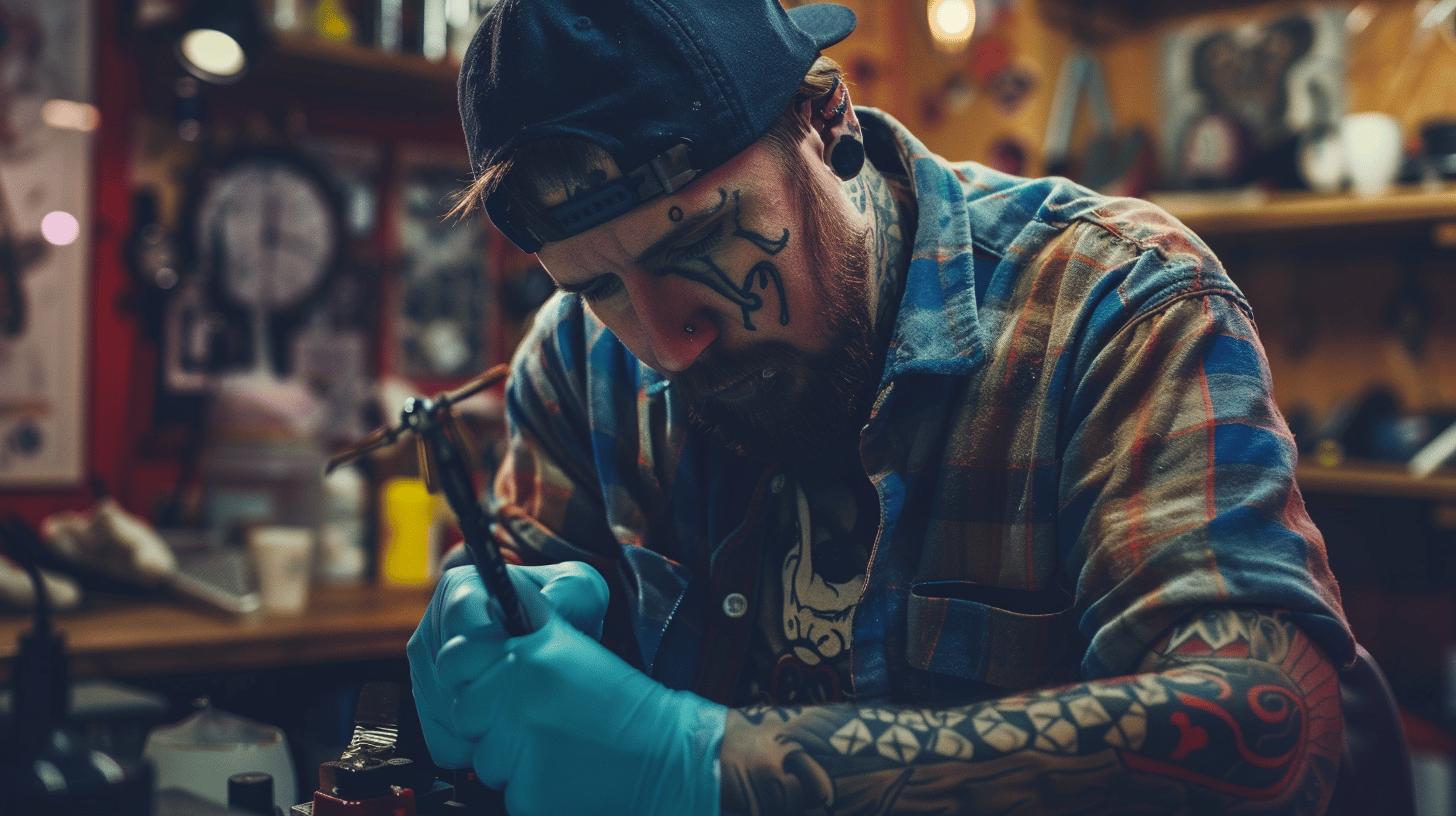
Can numbing cream interfere with the tattoo process?
Yes — it can, especially if not used correctly.
Some tattoo artists report that using a numbing cream before a tattoo session can change the feel of the skin. It may become rubbery, swollen, or overly slick, which can all affect the needle’s performance. These changes can slow down the tattooing process and make it harder to judge needle depth, especially if the excess numbing cream isn’t cleaned off properly before starting.
From the tattoo artist’s perspective, the main technical concern is that numbing creams may temporarily alter how the skin responds. A swollen or overly hydrated area might resist ink or cause more trauma when tattooing, which could affect both the healing process and the quality of the tattoo. Some artists prefer to avoid numbing creams entirely, while others adapt by working in smaller sections or waiting for the skin to settle after removing the cream.
Letting the skin rest for 30–45 minutes after wiping off the cream helps reduce these issues. This allows the numbing effect to remain active while giving the skin time to return to a more natural condition.
Artist-reported issues that may occur when using a numbing cream:
- Skin can feel rubbery or swollen, making it harder to gauge needle depth
- Stencil slipping or smudging from excess cream or moisture
- Slower start to the session while waiting for skin to settle post-application
- Tattoo ink not sitting properly if cream isn’t thoroughly removed
- Needle skipping or inconsistent flow due to altered skin texture
Tattoo artist Dan R., who’s been in the industry over 15 years, shared:
“If someone applies too much cream and doesn’t tell me, the skin can feel weird. It’ll bounce the needle or slow me down, but if they follow the right steps and give me a heads-up, I can work with it no problem.”
Using a numbing cream before a tattoo doesn’t have to interfere with the tattooing process — but it does require proper timing, communication, and skin prep.
Does Numbing Cream Affect Tattoo Healing and Aftercare?
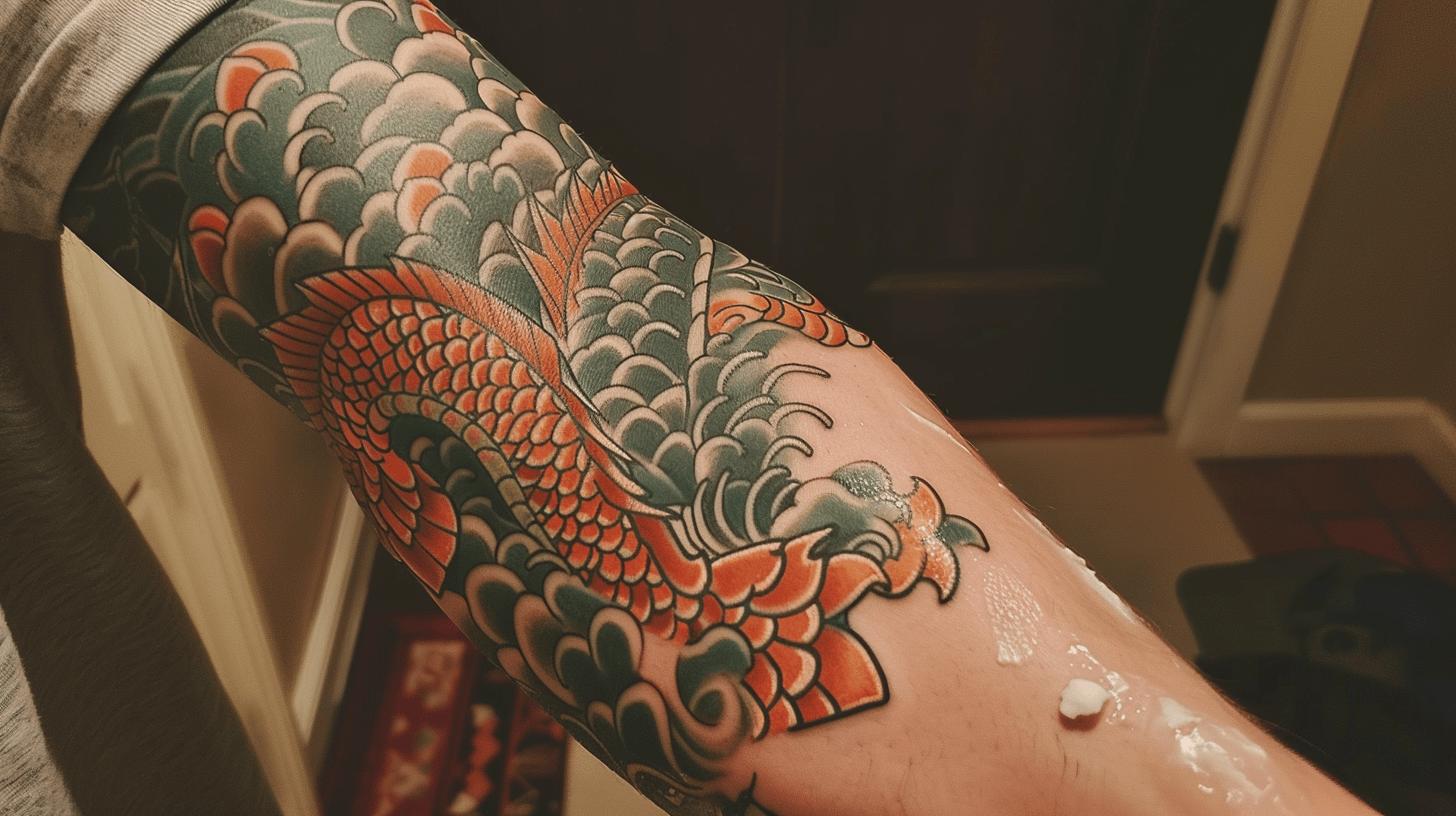
Does numbing cream affect tattoo healing?
Yes — but only if used incorrectly.
When applied and removed properly, numbing creams don’t interfere with the natural healing process. Issues like delayed healing, excessive scabbing, or even tattoo scarring from numbing cream usually happen when the cream is not cleaned off thoroughly before the tattooing process begins, or if it’s reapplied mid-session without guidance from the tattoo artist.
Some numbing products include vasoconstrictors, which constrict blood vessels to prolong the numbing effect. While helpful during the tattoo session, these ingredients can reduce blood flow and potentially affect how well the skin heals. If the cream is left on too long or reapplied incorrectly, this can increase the risk of irritation, infection, or the tattoo fading over time.
Correct Use to Avoid Healing Issues
Using a tattoo numbing cream safely depends on following a few key steps. Avoid reapplying numbing cream during a tattoo session unless your artist recommends it. Focus on:
- Applying only pharmacy-grade or approved numbing products
- Cleaning the area thoroughly with green soap or Dettol before tattooing
- Never tattooing over cream that hasn’t been fully removed
- Giving the skin time to settle after the numbing cream wears off
- Avoiding low-quality numbing creams or unknown ingredients
- Doing a patch test 24 hours before your tattoo appointment
Tattoo Aftercare Post-Numbing Cream
After using a numbing cream, tattoo aftercare remains the same — but you should be especially attentive to any signs of irritation. Keep the area clean, moisturised, and avoid picking at scabs. Because the skin was numbed, you might not have felt as much trauma during the tattooing process, but that doesn’t mean the healing should be taken lightly.
Use a recommended aftercare balm, avoid soaking the tattoo, and steer clear of reapplying any numbing agents once the tattoo is complete. This helps prevent complications and supports proper healing.
Can Numbing Cream Cause Skin Reactions or Allergic Responses?
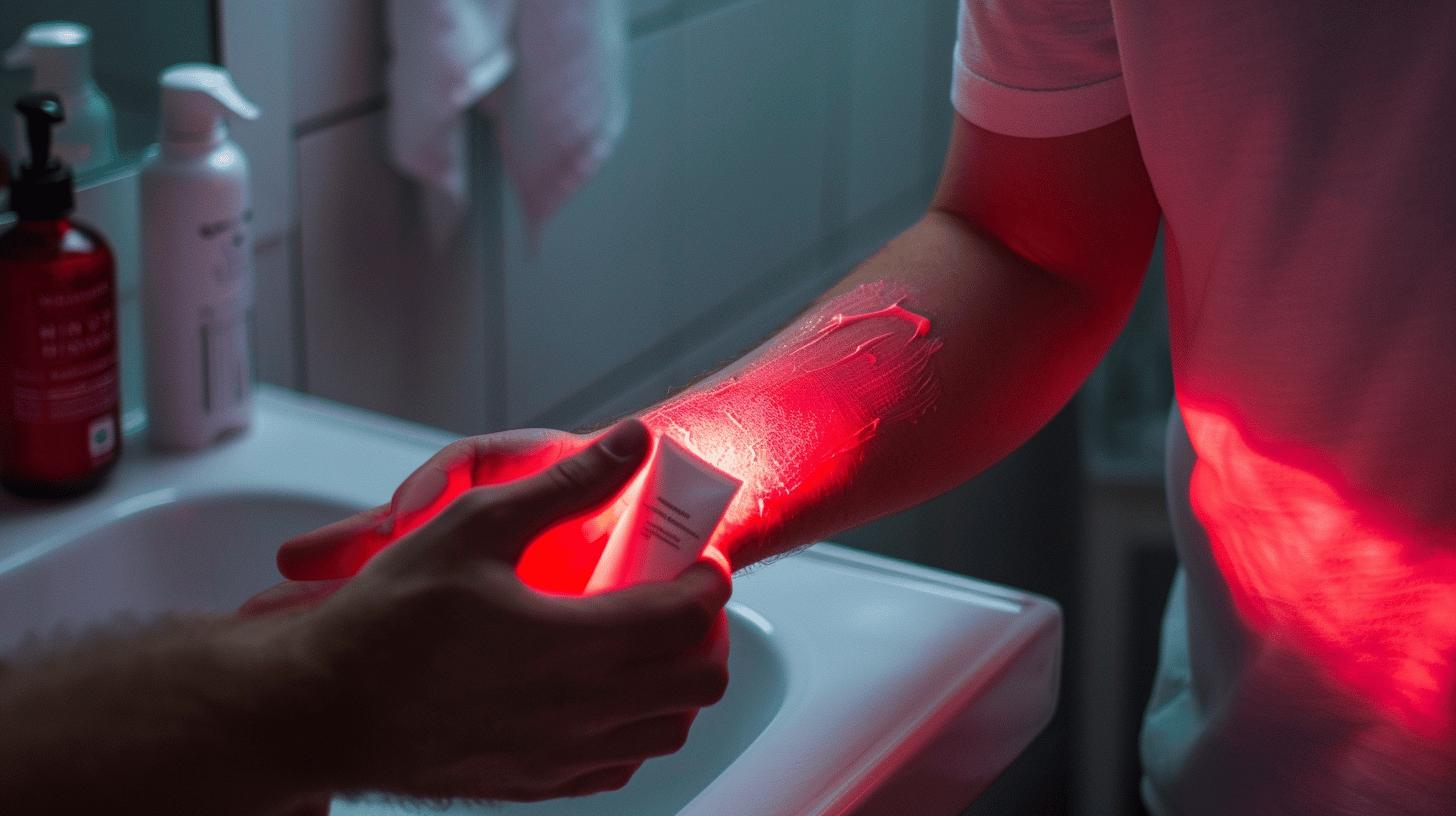
Can numbing cream cause a skin reaction?
Yes.
Using a numbing cream before a tattoo can trigger skin irritation or allergic responses, especially in people with sensitivity to anaesthetics like lidocaine. Reactions are usually mild but can become more serious if the wrong product is used or if the cream is misapplied.
Most tattoo numbing creams contain numbing agents that work by temporarily blocking the transmission of pain signals from the nerve endings. While this helps numb the area and makes the tattooing process more comfortable, the ingredients can sometimes irritate the skin.
Symptoms of a skin reaction to numbing cream may include:
- Redness or blotchy appearance in the treated area
- Burning sensation from numbing cream during or after application
- Itching that persists beyond the tattoo session
- Prolonged skin numbness lasting hours after the tattoo
- Raised or swollen skin after the cream wears off
- Dry or overly sensitive skin during healing
How to avoid an allergic response to numbing cream:
The most effective way to reduce the risk of a reaction is by performing a patch test. Apply a small amount of the cream to an inconspicuous area (such as the inner forearm) at least 24 hours before your tattoo appointment. Cover it with cling film and leave it for the same duration you would before a tattoo. Check for any signs of redness, itching, or irritation. If no symptoms appear after a few hours, it’s usually safe to proceed.
Are all numbing creams safe for tattoos?
No.
Some numbing products are not approved for tattoo use and can interfere with the tattooing process or impact the healing process. Vasocaine, for example, has been banned in the UK due to reported adverse effects, including severe skin reactions. Always choose pharmacy-grade numbing products and avoid anything unverified or sold through unofficial retailers.
Using a numbing cream can help numb the skin and alleviate the discomfort associated with getting tattooed — but only when the product is used correctly and with caution.
What Tattoo Artists Say About Numbing Cream
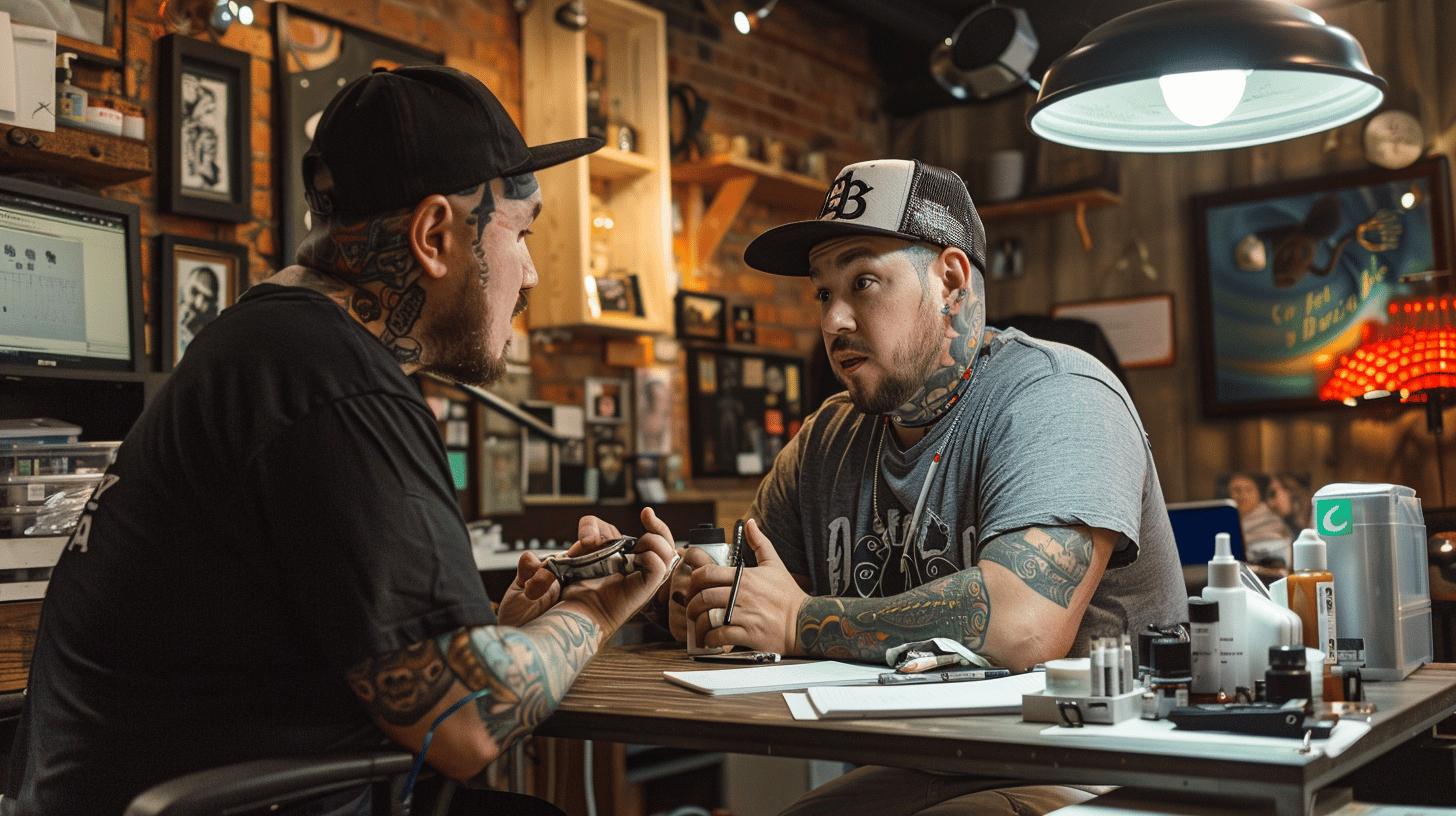
What is the tattoo artist opinion on numbing cream?
It varies — many artists support its use for client comfort, while others avoid it due to concerns about skin texture and the tattooing process.
Tattoo artists who support the use of numbing cream often do so because it helps clients sit longer and more comfortably. When the numbing cream works as intended, it can reduce movement caused by pain, leading to cleaner linework and smoother shading. For clients with low pain tolerance or those getting a tattoo in a sensitive area, numbing creams can help make the tattoo experience more manageable and less stressful.
On the other hand, some tattoo artists may refuse to use numbing creams during a tattoo session. Their concerns often relate to how the cream affects the skin’s feel. When applied improperly, some numbing products can make the skin rubbery, swollen, or overly slick — all of which interfere with the tattooing process. These artists argue that the numbing cream affects needle feedback, ink flow, and visual cues they rely on to maintain control and precision.
Common concerns from artists avoiding numbing cream:
- Numbing creams can create a rubbery skin texture that affects needle performance
- Excess numbing cream may cause stencil slippage or ink blowouts
- Some creams can interfere with the natural healing process if not cleaned properly
- Clients sometimes don’t communicate they’ve used numbing cream, limiting artist preparation
One client shared their personal experience using numbing cream before a tattoo appointment:
“I applied a numbing cream before a long rib piece, thinking it would help. I didn’t tell the artist — big mistake. He noticed straight away, said the skin felt off, and nearly sent me home. We waited 45 minutes, and thankfully, the skin settled enough for him to start.”
Tattoo artists appreciate honesty and preparation. If you’re planning to use a numbing cream before a tattoo, always communicate with your artist beforehand.
When and How to Use Numbing Cream for the Best Tattoo Experience
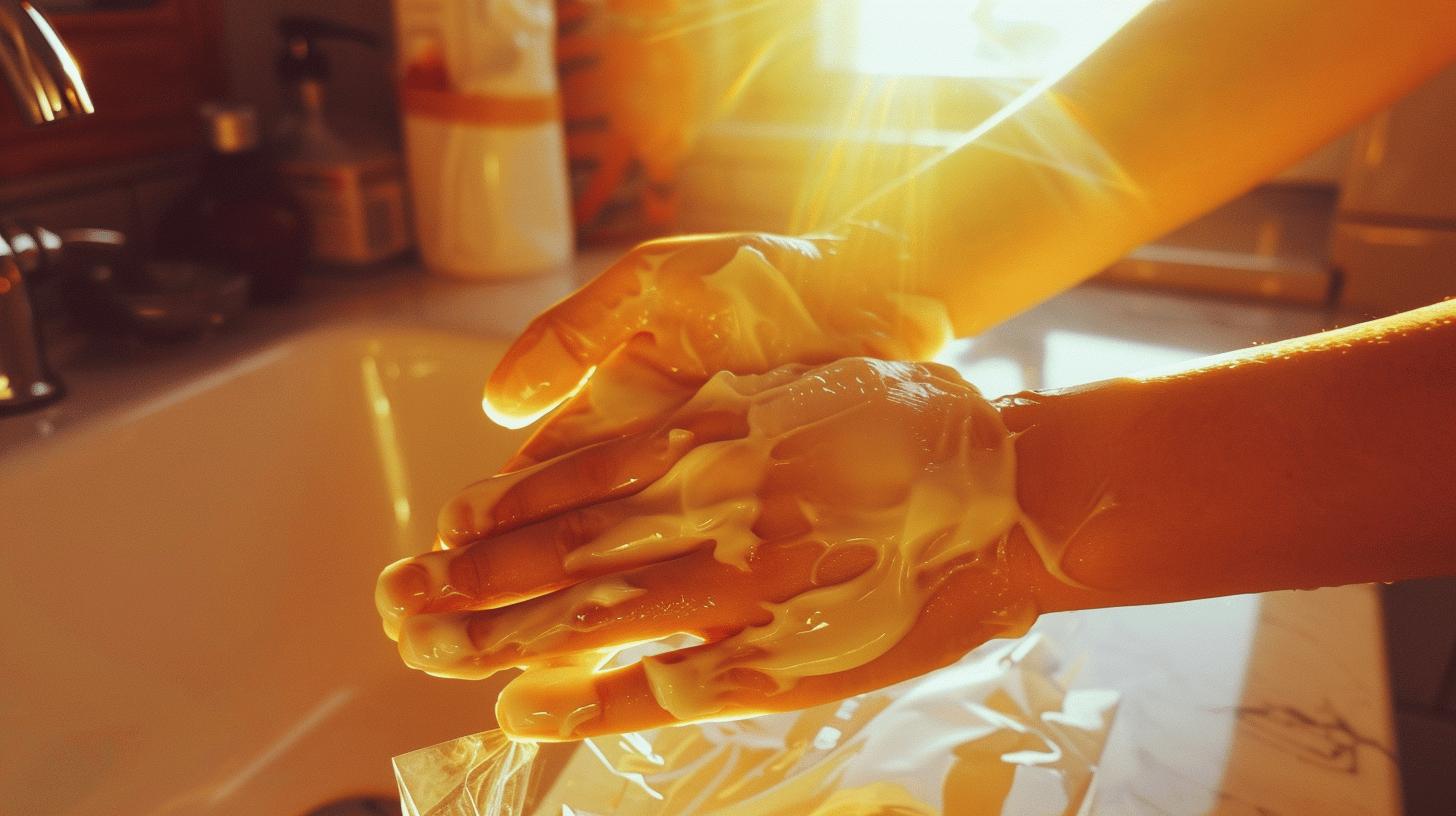
When should you apply numbing cream before a tattoo?
60–90 minutes before your tattoo appointment.
This gives the numbing agents—like lidocaine—enough time to block pain signals by acting on the nerve endings in your skin. Applying numbing cream too close to your appointment won’t allow the cream to activate fully, while applying it too early might mean the numbing effect wears off during the tattooing process.
How do you apply numbing cream properly for a tattoo?
Follow this step-by-step pre-tattoo numbing routine to get the most effective numbing effect:
- Wash the area where you’ll get a tattoo with unscented soap and warm water
- Pat the area completely dry using a clean, lint-free towel
- Apply a thick, even 2mm layer of numbing cream to the tattoo area
- Cover it with cling film to trap heat and help the cream work faster
- Leave the cream on for 60 to 90 minutes—timing matters for maximum effect
- Remove the cling film, clean off all excess numbing cream, and let the skin settle for 30–45 minutes before tattooing
Mid-Session Numbing: Cream vs Spray
Once the initial numbing cream wears off, pain may return, especially during long tattoo sessions. This is where numbing sprays come in.
Numbing spray advantages:
- Quick to apply and fast-acting
- Can be used during breaks without disrupting the tattooing process
- Ideal for topping up pain relief in large or sensitive areas
Numbing cream during a tattoo session:
- Reapplying numbing cream mid-session is not recommended
- Creams can interfere with the natural healing process if tattooed over
- Excess numbing cream may cause swelling or ink flow issues
Tattoo artists may use sprays like Bactine or Blue Gel during long sessions, since they offer temporary relief without affecting the quality of the tattoo. Combining cream beforehand with a spray mid-session is a common technique for a more manageable and enjoyable tattoo experience.
Which Is the Best Tattoo Numbing Cream in the UK?
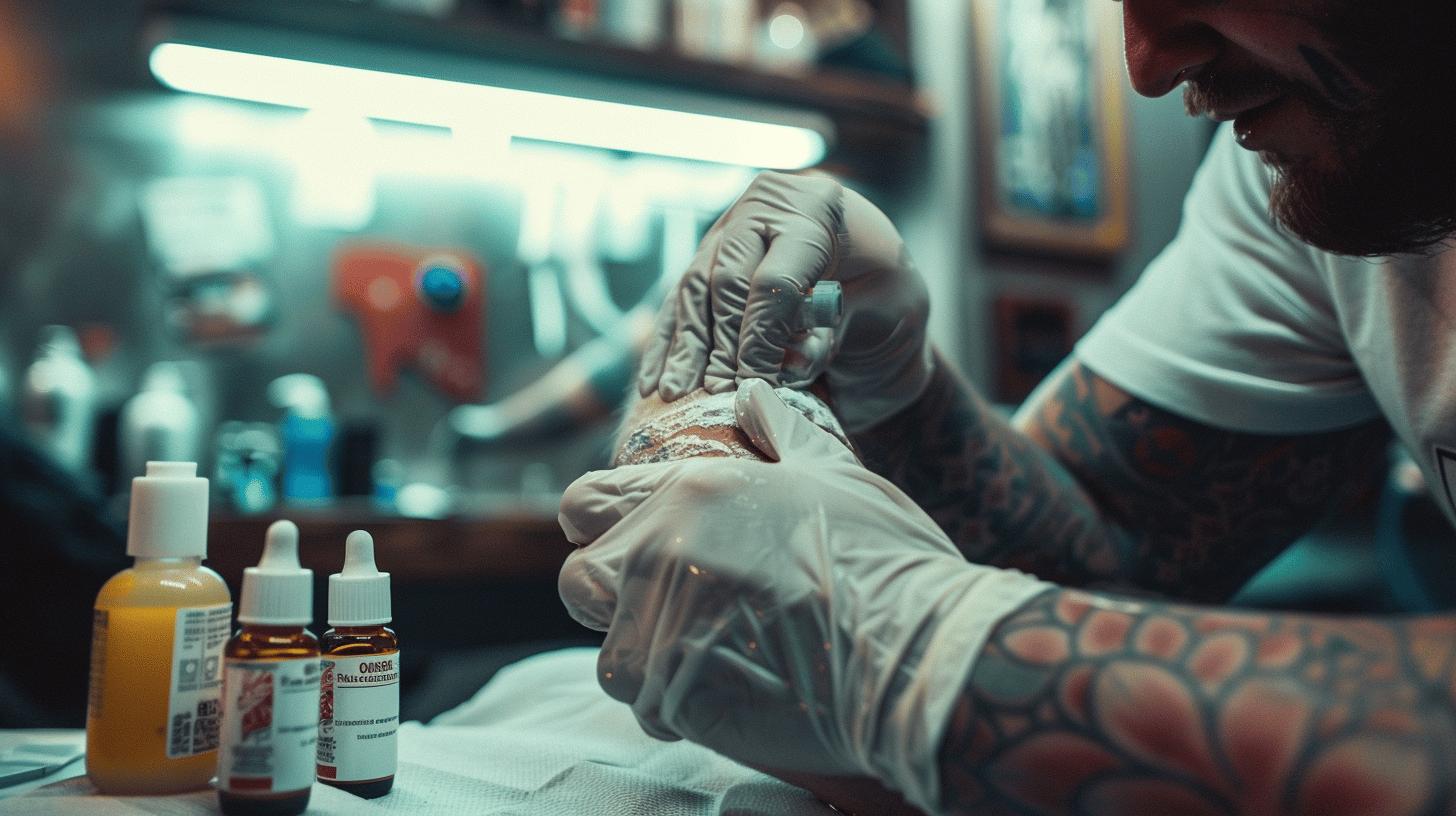
Choosing the best tattoo numbing cream in the UK depends on several factors: how long the cream lasts, how strong the numbing effect is, and how skin responds to the ingredients. The strongest tattoo numbing cream will usually contain a high percentage of lidocaine, which blocks the transmission of pain signals from the nerve endings in the skin. But strength isn’t everything — how the cream is applied, how it’s removed, and how your skin reacts all affect whether the cream works properly.
The best numbing creams are those that don’t interfere with the tattooing process or the healing process. They reduce tattoo pain without making the skin overly rubbery or swollen. Below are five top-rated tattoo numbing brands based on effectiveness, user feedback, and availability through verified UK retailers.
| Product Name | Type (Cream/Spray) | Duration | Reported Side Effects |
|---|---|---|---|
| Signature+ | Cream | 2–3 hours | Low; minor redness in some users |
| Tattoo Numbing Cream AU | Cream | Up to 3 hours | Occasional mild itching |
| Dr. Numb | Cream | 1.5–2 hours | Mixed reviews; some swelling reported |
| Bactine | Spray | 30–60 minutes | Minimal; stinging on broken skin |
| TKTX Green | Cream | Up to 4 hours | Strong effect; patch test recommended |
To avoid counterfeit products, only buy from verified sellers such as Boots, Amazon, or official sites like TattooNumbingCream.co.uk. Low-quality numbing creams can interfere with the tattooing process and affect the quality of the tattoo. Always do a patch test before your next tattoo session to check for any skin reaction, and communicate with your tattoo artist if you plan to use a numbing cream before a tattoo.
Does Numbing Cream Actually Make Tattoos Hurt Less?
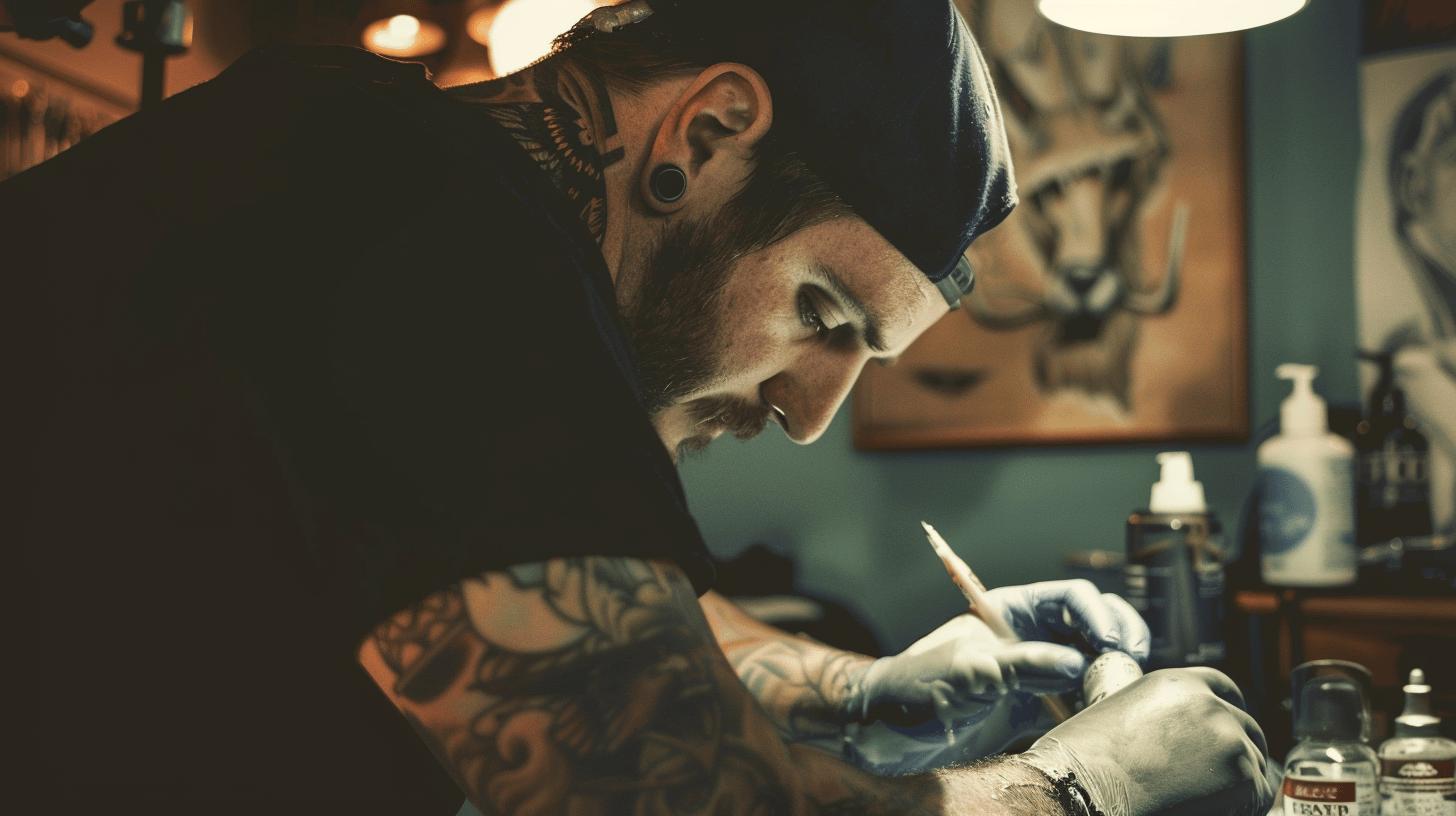
Does tattoo hurt less with cream?
Yes, significantly.
When used properly, tattoo numbing cream can reduce pain from a 7–9 out of 10 to as low as 2–3 out of 10 on the pain scale with and without numbing. This makes the tattooing process more manageable for many, especially during long or sensitive tattoo sessions. The cream works by blocking the transmission of pain signals from nerve endings in the skin to the brain, creating a temporary numbing effect.
The effectiveness of numbing creams may vary depending on several factors, but for most clients, they offer genuine pain relief that allows for a calmer, more enjoyable tattoo experience.
Factors that affect the effectiveness of numbing:
- Tattoo location: Areas with thinner skin or more nerve endings (like ribs or feet) benefit most from using a numbing cream
- Skin type: Dry or thicker skin may absorb the cream differently, affecting how much it numbs
- Tattoo session length: Longer sessions might outlast the numbing effect, making mid-session pain management important
- Product used: High-quality numbing products with lidocaine tend to provide more consistent results
- Tattoo artist skill: Some artists work more gently or efficiently, which can reduce discomfort regardless of the cream
How to manage pain when numbing creams wear off mid-session
Once the numbing effect fades—usually after a few hours—pain can return quickly, often more sharply than before. This is where a numbing spray can help. Numbing sprays like Bactine provide temporary relief during breaks without interfering with the tattooing process. Many artists use them as a backup to extend comfort without needing to reapply cream during a tattoo session.
Final Words
Applying numbing cream before your tattoo session can significantly reduce tattoo pain when used correctly. By understanding how numbing creams work, the right timing, and how to apply them, the tattoo experience becomes much more manageable—especially for large pieces or sensitive areas.
When used properly, numbing cream does not negatively affect ink flow, shading, or healing. Issues tend to arise from incorrect application or low-quality numbing products. Tattoo artists may have mixed opinions, but with honest communication and the right prep, many adapt easily.
If you’ve been wondering, does numbing cream affect a tattoo—the answer is yes, but mostly in a positive way when applied with care. Choosing the best tattoo numbing cream can improve comfort without sacrificing quality. Just follow a proper routine and listen to your artist’s advice for a smoother result.
FAQ
Q: Does numbing cream affect tattoo ink or linework?
Numbing cream can make the skin slightly puffier, which might affect ink flow or linework clarity. Letting the skin rest for 30–45 minutes after removing the cream helps reduce these issues.
Q: How long does tattoo numbing cream last during a tattoo session?
Tattoo numbing cream typically lasts 1.5 to 3 hours. The numbing effect gradually wears off over 30–60 minutes. Duration depends on skin type, cream strength, and how well the cream was applied.
Q: Can numbing cream interfere with the tattooing process?
Yes, numbing creams can alter skin texture, making it rubbery or swollen. This can change how the needle moves and slow down the tattooing process if not properly cleaned off beforehand.
Q: What are the side effects of using tattoo numbing cream?
Tattoo numbing cream side effects can include redness, itchiness, burning, or prolonged numbness. Reactions to lidocaine or other numbing agents are possible—always do a patch test before applying widely.
Q: Is TKTX numbing cream safe for tattoos?
TKTX is a strong numbing cream popular for tattoos, but only buy from verified retailers. Counterfeit versions can contain unsafe ingredients that interfere with tattoo quality and increase the risk of skin damage.
Q: Can numbing cream cause issues with tattoo healing?
Yes, improper use of numbing creams can lead to slowed healing, excess scabbing, or infection. It’s important to wash off all residue before tattooing to avoid interfering with the natural healing process.
Q: Does tattoo numbing cream affect pain relief significantly?
Used properly, tattoo numbing cream can lower pain from 8/10 to as little as 2–3/10. The effectiveness of numbing depends on the cream, application method, and sensitivity of the area being tattooed.
Q: Can I reapply numbing cream during a tattoo session?
Reapplying numbing cream during a tattoo session is not recommended as it can impact healing. Some artists use numbing sprays mid-session, like Bactine, which are safer during the tattooing process.
Q: What do tattoo artists think about using numbing cream?
Tattoo artists may have mixed views. Some say numbing cream affects needle control and ink depth. Others support it for improving the client’s tattoo experience—especially for long or painful sessions.
Q: How do I properly use numbing cream before getting a tattoo?
Apply a thick 2mm layer to clean skin 60–90 minutes before your tattoo appointment. Cover with cling film and remove right before your tattoo session. Let skin settle for 30 minutes to reduce side effects.
Q: Which is the best tattoo numbing cream in the UK?
Popular and effective numbing creams include Signature+, Tattoo Numbing Cream Australia, Bactine spray, and TKTX Green. Buy from trusted places like Amazon, Boots, or TattooNumbingCream.co.uk to avoid fake products.

